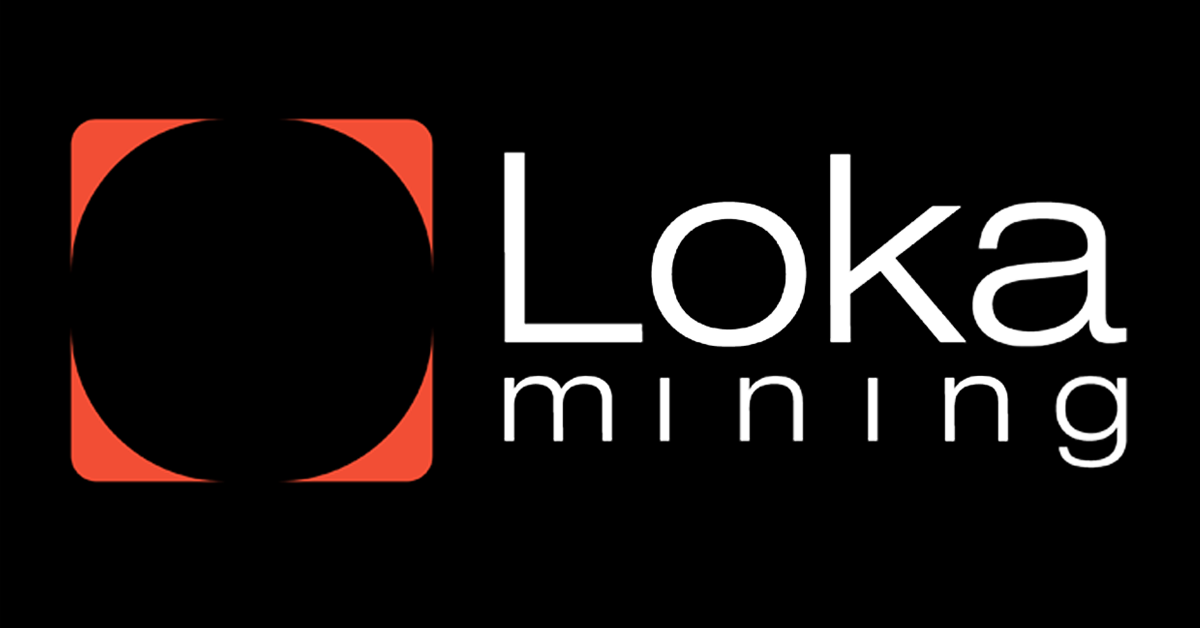Understanding the SHA-256 Algorithm and Its Implementation in Bitcoin

The SHA-256 (Secure Hash Algorithm 256-bit) is a critical component of Bitcoin's cryptographic security and decentralized consensus. As one of the most widely used hashing algorithms in the world, SHA-256 plays a pivotal role in ensuring the integrity, security, and transparency of the Bitcoin network. In this article, we’ll delve deeply into the mechanics of SHA-256, its importance, and why it was chosen as the backbone of Bitcoin.
What is SHA-256?
SHA-256 is a member of the SHA-2 family of cryptographic hash functions, which was designed by the National Security Agency (NSA) and published by the National Institute of Standards and Technology (NIST) in 2001. It is a cryptographic hash function that takes an input (or message) and returns a fixed-length string of 256 bits (32 bytes), typically represented as a 64-character hexadecimal number.
For example:
Input: "Bitcoin"
Output (SHA-256 hash): 6b0f8251dfbf6ba68d8caa3a8d0c16f11a5e18966bb8c97ed4ecb9c1fbb7afcf
SHA-256 is deterministic, meaning that the same input will always produce the same hash output. However, even a small change in the input (like a single character) will drastically alter the resulting hash. This characteristic makes it highly secure for cryptographic applications.
Properties of SHA-256
SHA-256 has several key properties that make it well-suited for use in Bitcoin:
- One-Way Function: The output of a SHA-256 hash cannot be reversed to obtain the original input. This property ensures data privacy and security.
- Deterministic: The same input will always yield the same output, making it predictable for consistent processing.
- Collision Resistance: It is computationally infeasible to find two different inputs that produce the same hash output, reducing the risk of hash collisions.
- Avalanche Effect: A small change in the input results in a completely different hash output, increasing security.
- High Speed and Efficiency: SHA-256 operates quickly and can process large amounts of data efficiently.
How SHA-256 is Used in Bitcoin
1. Hashing Transactions
Every transaction in the Bitcoin network is hashed using SHA-256. This process ensures that each transaction has a unique digital fingerprint, which is necessary for maintaining the integrity and security of the blockchain. Transactions are grouped together in blocks, and each block contains a list of hashed transactions.
2. Building the Merkle Tree
In each block of the Bitcoin blockchain, transactions are organized into a data structure known as a Merkle Tree. Each leaf node of this tree represents the hash of a single transaction, and parent nodes are derived by hashing together two child nodes. This process continues until a single hash, known as the Merkle Root, is obtained. The Merkle Root summarizes all transactions in the block and ensures that any change to a transaction will result in a different root hash.
3. Proof of Work (PoW) Consensus Mechanism
SHA-256 plays a vital role in Bitcoin’s Proof of Work consensus mechanism, which secures the network and validates transactions. Miners compete to solve a complex cryptographic puzzle, where they must find a hash value (derived from the block header and a variable called the nonce) that is less than or equal to a specific target. The process works as follows:
- Miners gather transactions and construct a block.
- The block header, which includes information like the previous block hash, the Merkle Root, and a nonce, is hashed using SHA-256.
- Miners adjust the nonce value and repeatedly hash the block header until they find a hash that meets the difficulty target set by the network.
Once a miner finds a valid hash, the block is added to the blockchain, and the miner receives a block reward in Bitcoin, along with transaction fees.
4. Securing the Blockchain
The use of SHA-256 ensures that every block added to the blockchain is cryptographically linked to the previous block. This linkage makes it extremely difficult to alter data within the blockchain, as modifying even a single block would require re-mining all subsequent blocks, which is computationally infeasible due to the high energy and time costs.
Why SHA-256 Was Chosen for Bitcoin
When Satoshi Nakamoto created Bitcoin, SHA-256 was already established as a highly secure and well-tested cryptographic hash function. Here are the reasons behind its selection:
- Proven Security and Standardization: SHA-256 is widely recognized and trusted in the field of cryptography. It has been analyzed and vetted for security by the cryptographic community for many years.
- Efficient Hardware Implementation: SHA-256 can be efficiently implemented on various hardware platforms, including specialized devices like ASICs (Application-Specific Integrated Circuits), which are used for Bitcoin mining.
- Balancing Security and Performance: Compared to other algorithms available at the time, SHA-256 struck a good balance between providing strong security and maintaining high performance.
- Resistance to Collisions and Attacks: SHA-256 is resistant to collision and pre-image attacks, making it a secure choice for protecting Bitcoin transactions and data.
The Advantages and Challenges of Using SHA-256
Advantages
- Strong Security: SHA-256 offers a high level of security, making Bitcoin resistant to attacks.
- Data Integrity: The deterministic nature of the hashing function ensures that data integrity is maintained.
- Consensus Maintenance: SHA-256 enables a decentralized consensus mechanism through Proof of Work.
Challenges
- Energy Consumption: Mining with SHA-256 is energy-intensive due to the complexity of Proof of Work computations.
- Hardware Requirements: As mining difficulty increases, specialized hardware like ASICs is necessary to stay competitive, which can be costly.
Conclusion
SHA-256 is an essential part of Bitcoin’s security architecture and consensus mechanism. By using this algorithm, Bitcoin achieves a high level of security, ensuring that transactions are validated and stored in a decentralized, immutable manner. As Bitcoin continues to evolve, SHA-256 remains at the core of its cryptographic integrity, providing a strong foundation for the world’s first decentralized digital currency.
This article presented by Loka Mining.
Loka is revolutionizing the Bitcoin mining ecosystem by directly connecting investors with Bitcoin miners through a decentralized mining pool and an upcoming permissionless forward hashrate marketplace protocol.
Loka enables investors to get Bitcoin at lower than market price without centralized & counter-party risks, and Bitcoin miners to access capital efficient financing and hedge their risk exposure by selling their future mining rewards.
Find out more about loka in https://lokamining.com — or access our mining pool aggregator on https://pool.lokamining.com





